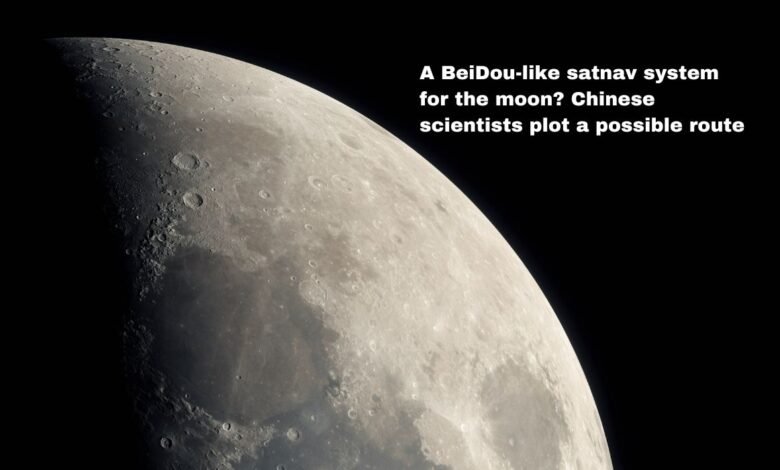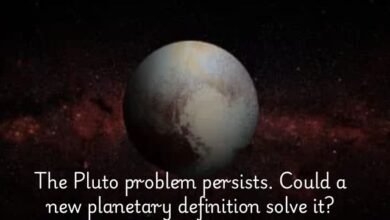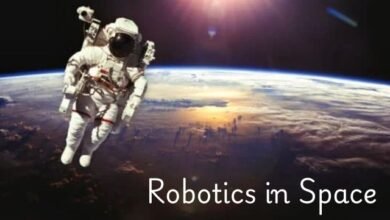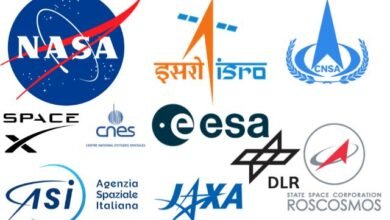A BeiDou-like satnav system for the moon? Chinese scientists plot a possible route
Lunar navigation revolution? China explores a BeiDou-like satnav system for the moon.

Chinese scientists propose a BeiDou-like satnav system for the moon to improve navigation and support lunar missions
Chinese scientists have proposed creating a satellite navigation system for the moon. A team from the Beijing Institute of Spacecraft System Engineering suggests building 21 satellites around the moon. These satellites will offer real-time, high-precision navigation, supporting China’s lunar plans.
In an effort to achieve a sustainable and economical design, proposal calls for satellites to be deployed in four different types of orbits over course of three phases. In journal Chinese Space Science and Technology, an article outlining this plan was published one month ago.
The document does not provide a date, but China intends to land humans on the moon by 2030 and establish a research base with international partners at the lunar south pole by 2035.
“A satellite constellation in near-lunar space can provide real-time, high-precision navigation and positioning for lunar surface movement, landing, and take-off, supporting frequent human exploration of the moon in the long run,” wrote Peng Jing, deputy chief designer of China’s Chang’e-5 mission.
“Our study presented a road map to assemble such a constellation step by step, expanding its coverage from the lunar south pole to the entire moon.”
On Earth, global navigation satellite systems like the US GPS and China’s BeiDou help with finding locations and planning routes easily.
Although China had previously said that it will not fight the US on moon, China National Space Administration (CNSA) now views US as a rival for first time in a new lunar plan. China’s earlier policy of being discrete in space has significantly changed to one of growing strength as a result.
From the rivalry between the US and the Soviet Union during the Cold War, human exploration of the moon has always been competitive.
GPS and similar systems use 20 to 35 satellites, each sending radio signals. By receiving signals from at least four satellites, users can pinpoint their location and time accurately within a few meters.
Peng and his team conducted research on a lunar navigation system with three main goals in mind: maintaining high navigation precision, controlling construction and maintenance costs, and guaranteeing constant coverage with signals from at least four satellites at all times.
Their results indicate that maintaining a minimum amount of fuel for orbit maintenance might be achieved by putting two satellites in a stable, elliptical orbit during the first phase, which would allow for continuous communication between Earth and the moon’s south pole region.
Team intends to add nine more satellites and two different types of orbits to constellation in second phase. Objectives of this configuration are to provide continuous navigation support for area around lunar south pole and to allow for 24-hour communication between Earth and any site on moon.
As we approach last stage, they intend to launch 21 satellites in four distinct orbits. At any given time, this extensive constellation might provide dependable location services for around 70% of lunar surface.
According to their research, the team hopes to improve the specifications of each orbit type and create a more organized design for the lunar navigation constellation.
China has already launched Queqiao-1 & Queqiao-2, two communication relay satellites that are in close proximity to moon and are essential to current exploration efforts on the moon’s far side.
Concurrently, ideas for moon-based navigation constellations have also been revealed by other countries, including the US, Europe, and Japan. For example: Japan is making progress on its idea for a Lunar Navigation Satellite System, which calls for insertion of eight satellites into incredibly elliptical lunar orbits. For region surrounding lunar south pole, these satellites will primarily provide navigation, communication and finding functions.
- Icy Planetesimals: The Icy Secret to Earth’s Water
- Space Debris Insights from Astroscale and Amazon’s Carbon Emission Trajectory
- SpaceX Falcon 9 Rocket Grounded After Launch Failure: Investigation Underway
- China Lands on the Moon: Towards Human Missions
FAQ: Lunar Navigation System – China’s “BeiDou on the Moon” Proposal
What is a BeiDou-like satnav system for the moon?
BeiDou is China’s global navigation satellite system (GNSS), similar to GPS (USA) or Galileo (Europe). This proposed lunar system would function the same way, but specifically designed for navigating on the moon’s surface.
Why is a lunar navigation system needed?
- Current GPS signals are too weak on the moon’s surface for accurate positioning.
- A lunar navigation system would be crucial for future crewed missions and robotic exploration.
- It would enable precise navigation for rovers, landers, and astronauts performing lunar activities.
What are the challenges of building a lunar navigation system?
- The harsh lunar environment with extreme temperatures and radiation.
- Fewer satellites would likely be needed compared to Earth-based systems, requiring new orbital considerations.
- Establishing reliable communication infrastructure between lunar satellites and Earth stations.
What are the benefits of a successful lunar navigation system?
- Increased safety and efficiency for lunar missions.
- More precise lunar surface exploration and resource identification.
- Support for establishing a sustainable human presence on the moon.
Is China the only country developing a lunar navigation system?
- While China’s proposal is currently in the spotlight, other spacefaring nations and private companies might be exploring similar concepts.
- International collaboration could play a role in the future development of a global lunar navigation system.
What are the next steps for China’s proposed lunar navigation system?
- The proposal is currently in the planning stages.
- Further research and development are needed before deployment.
- Observing how China progresses with this project could provide insights into future lunar exploration endeavors.



